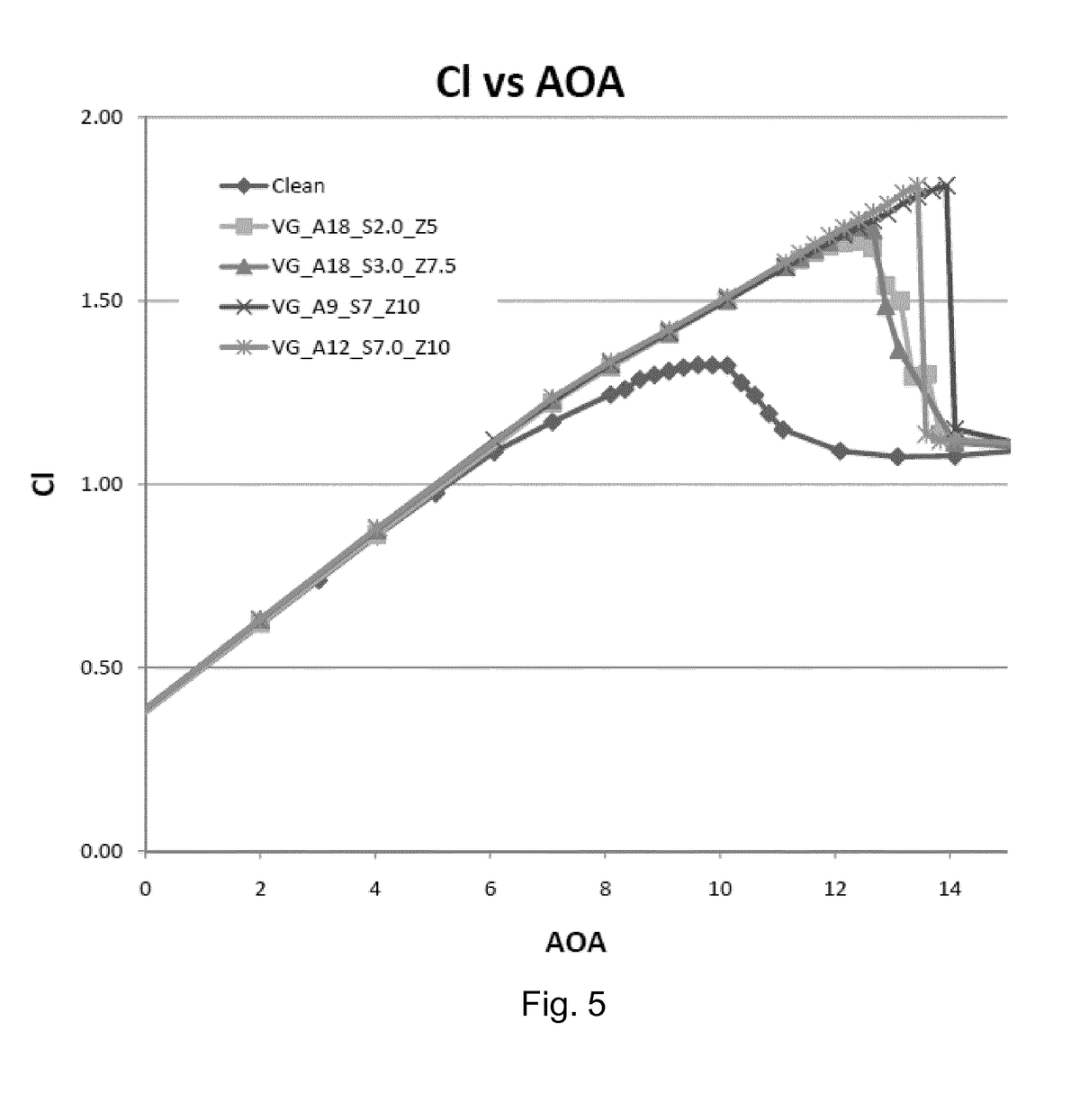To control the flow separation, various shapes of vortex generator is tested for application on the roof of aircraft wing surface. One of the main causes of aerodynamic drag is the separation of flow near the aircraft's rear end. Design and analysis of vortex generator by using Computational Fluid Dynamic on Subsonic Aircraft model is carried out on this project.
The analytical testing mainly consisted of a CFD analysis between the flat plate and airfoil profiles. In order to compare the two, analytical tests were carried out. While this serves the purpose, a vortex generator with an airfoil profile will be more effective and provide better control over the wing. Vortex generators are nothing but flat plates placed at an angle to the relative airflow. They are placed at the leading edge of the wing to create minor vortices that push the air down to ensure that it sticks to the surface. Vortex generators were therefore invented to ensure that the air sticks to the surface of the wing. If severe enough, this can lead to loss in lift and might even cause the wing to stall. However, an adverse pressure gradient formed aft of the maximum thickness of the wing leads to a boundary layer separation. This region, closest to the surface of the airfoil, is said to be boundary layer. When a wing is exposed to an airstream, the air tends to flow along the surface of the wing while sticking to it.


